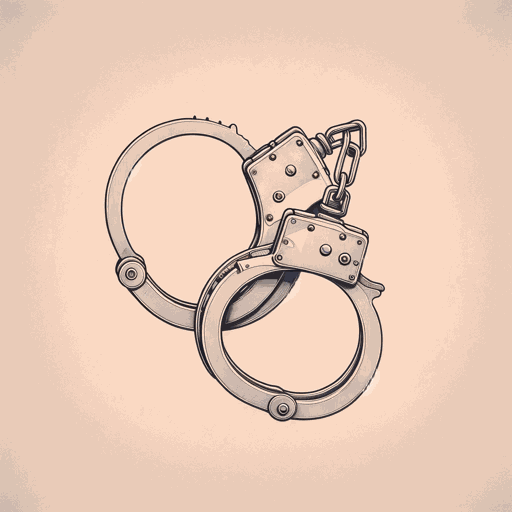48 pages • 1 hour read
John GrishamThe Innocent Man
Nonfiction | Book | Adult | Published in 2006A modern alternative to SparkNotes and CliffsNotes, SuperSummary offers high-quality Study Guides with detailed chapter summaries and analysis of major themes, characters, and more.
Summary and Study Guide
Overview
In The Innocent Man, noted crime-fiction author John Grisham takes on the true story of a series of murders in Ada, Oklahoma that led to the conviction, imprisonment, and near execution of not one, but four innocent men. Grisham uses a no-nonsense, journalistic style to present the facts, though an occasional sarcastic aside from the author slips in when the true events become almost too ridiculous to believe. Tracing the aftermath of the murders of Debbie Carter and Denice Haraway, Grisham shows how easily justice can be miscarried, and how hard it is for an innocent person to escape the system once they are in its grasp.
The main focus of the book is on Ron Williamson, a mentally-disturbed former baseball player who is wrongfully accused of murdering Debbie Carter, a popular twenty-one-year-old cocktail waitress. Though no hard evidence links him to the crime, the police and the state of Oklahoma pursue him as a prime suspect, systematically building a case against him from fabricated testimony and sloppy science. Ron's mental and emotional instability, "strange" behavior, and inability to conform to social norms make him an easy target for a community looking for a scapegoat after a shocking murder. Dennis Fritz is a regular guy leading an innocuous life when he is fingered as an accomplice, for no better reason than he had at one point been friends with Ron.
It takes years for the police to gather (or, Grisham contends, invent) enough "evidence" to actually arrest and charge their suspects. As the investigation drags on, the murder of a second young woman rocks the town, and the police, under pressure to solve at least one of the murders, choose Tommy Ward and his pal Karl Fontenot as their suspects. Using extreme interrogation tactics, the police force confessions from the two men, and though the two accused immediately repudiate their statements as having been made under threat, they go to trial and are sentenced to death.
With the Haraway murder trial as a precedent, the Ada authorities find it easier to push their case against Ron and Dennis through the court, despite the lack of hard evidence. With few resources for their defense, Ron and Dennis are at the mercy of the jury, and the jurors, having been fed a steady diet of news articles proclaiming the two men's guilt, are swayed by the emotional appeals of the prosecution.They find both men guilty, sentencing Dennis to life in prison, and Ron to death by lethal injection.
Ron and Dennis spend the next nine years in prison as their appeals are routinely filed and denied. Finally, they each catch a break: just before Ron is scheduled to be executed, a judge finds that his original trial had too many constitutional violations, and grants him a new trial. Meanwhile, Dennis gets the attention of a nonprofit organization that uses the then-new science of DNA testing to help innocent people get their sentences overturned. After years of suffering, they are both released when a judge determines that newly-discovered DNA evidence shows that they could not have committed the crime. Life after prison presents many challenges, and they struggle to reintegrate into their communities after they are set free, but they are both able to find at least a measure of peace and happiness at the end of their ordeal.
Related Titles
By John Grisham

A Painted House
John Grisham
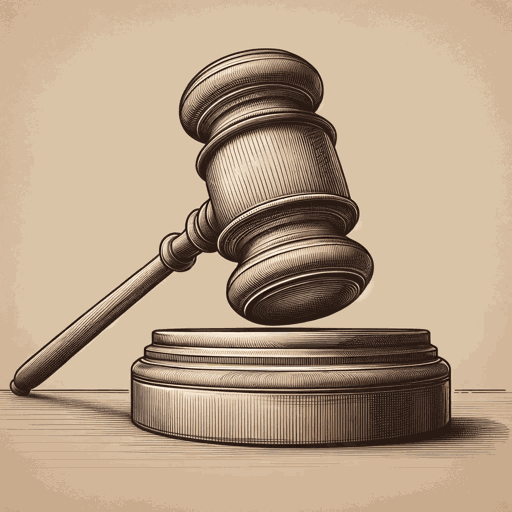
A Time For Mercy
John Grisham
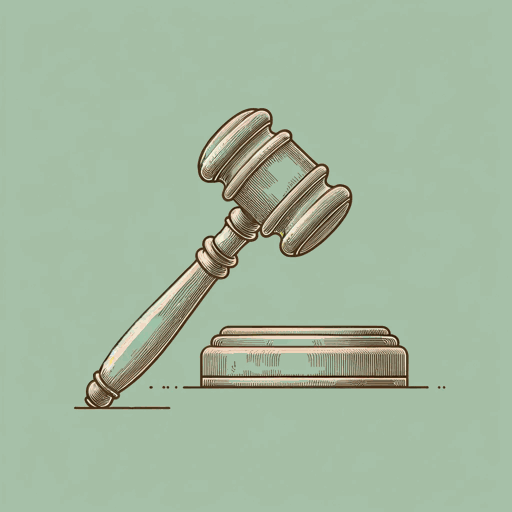
A Time to Kill
John Grisham

Bleachers
John Grisham

Calico Joe
John Grisham

Camino Island
John Grisham

Gray Mountain
John Grisham

Skipping Christmas
John Grisham

Sooley
John Grisham

Sparring Partners
John Grisham

Sycamore Row
John Grisham

The Appeal
John Grisham
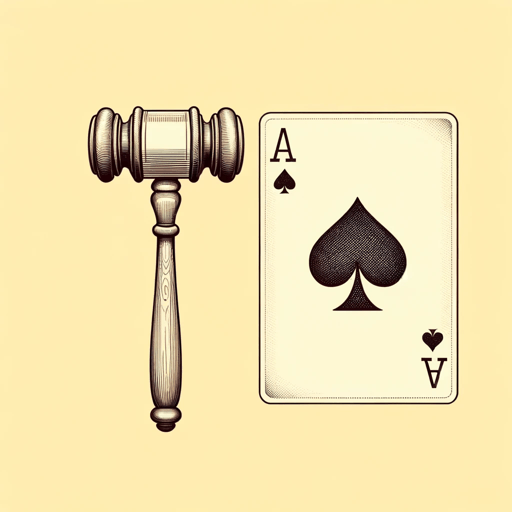
The Boys from Biloxi
John Grisham

The Brethren
John Grisham

The Chamber
John Grisham
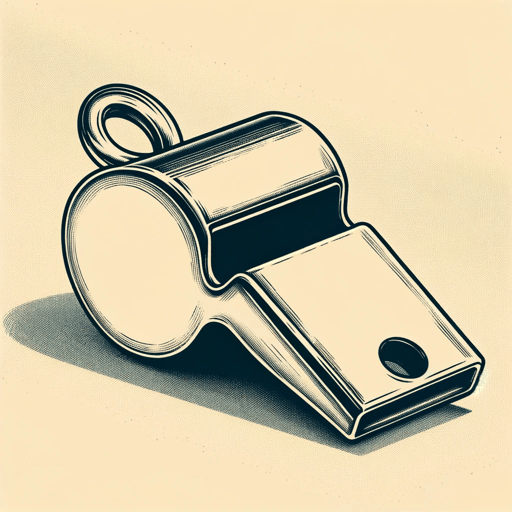
The Client
John Grisham

The Confession
John Grisham

The Firm
John Grisham

The Guardians
John Grisham

The Judge's List
John Grisham
